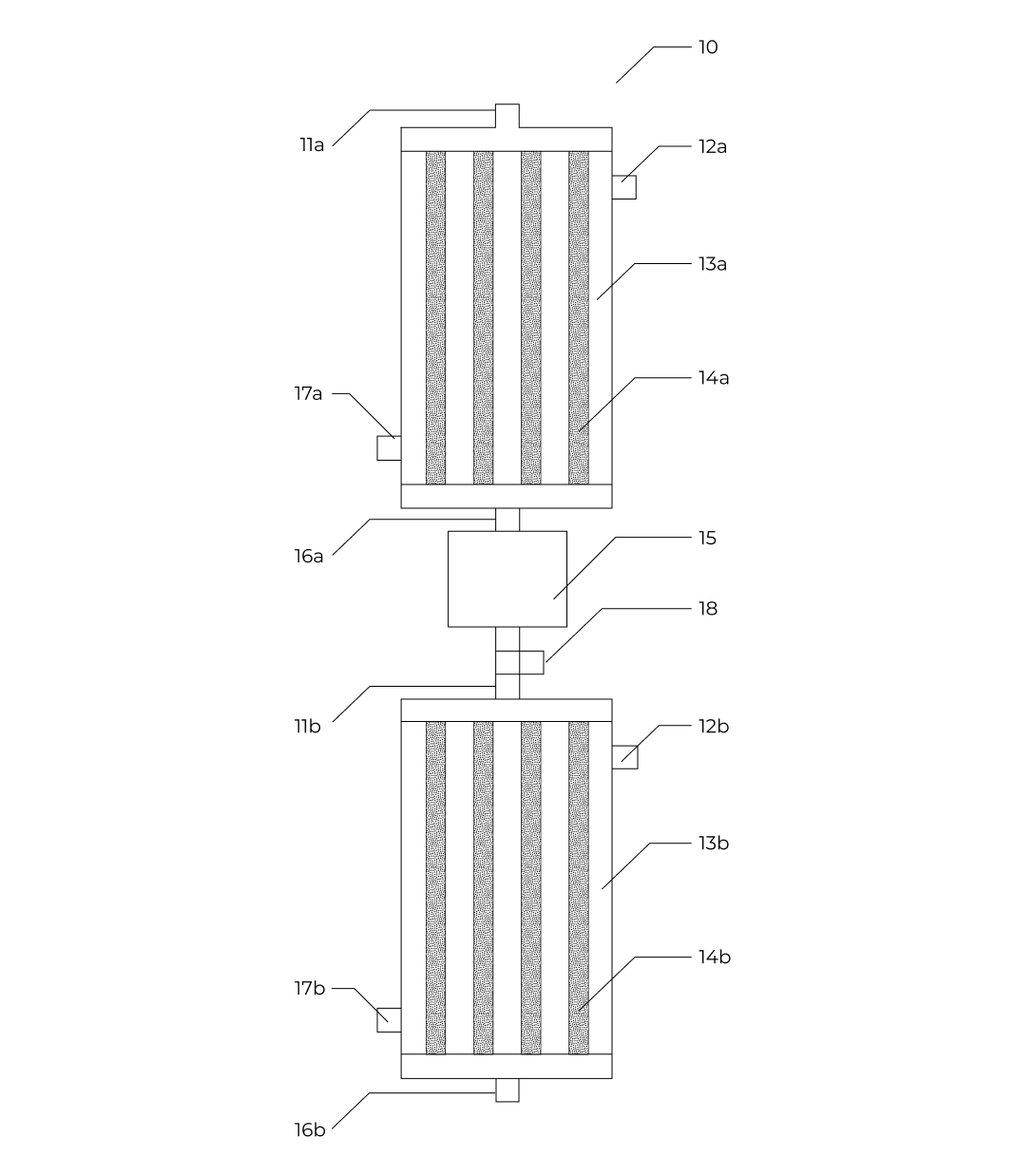Are you looking to understand more about the production of dry alcohol? This patent outlines a method for producing dry alcohol, addressing the challenges associated with traditional alcohol production. In this guide, we will delve into the patent’s key aspects, benefits, and applications.
Background
This patent focuses on an innovative method for producing dry alcohol. This method addresses the challenges associated with traditional alcohol production, offering a more efficient and effective solution. The primary goal is to convert liquid alcohol into a dry, solid form, making it easier to store, transport, and utilize in various applications.
Methodology of Dry Alcohol Production
The patented method involves a series of steps designed to dehydrate alcohol, resulting in a dry, solid form. This process typically includes mixing liquid alcohol with a carrier material that can absorb the alcohol and then removing the moisture through a drying process. The result is a stable, dry alcohol product that can be easily handled and stored.
Benefits of Dry Alcohol
Dry alcohol offers numerous benefits, including extended shelf life, reduced transportation costs, and ease of handling. By converting alcohol into a dry form, manufacturers can avoid the hazards and expenses associated with transporting flammable liquids. Additionally, dry alcohol can be rehydrated and used in the same way as liquid alcohol, providing flexibility in its applications.
Applications of Dry Alcohol
Dry alcohol has diverse applications across various industries. In the pharmaceutical industry, it can be used in the production of medications where alcohol is required as an ingredient but in a stable, non-liquid form. In the biofuel industry, dry alcohol can be used as a fuel source, offering a convenient and efficient alternative to traditional liquid biofuels. Other applications include use in cleaning products, personal care items, and industrial processes where alcohol is needed.

Benefits, Advantages & Use Cases
- Extended Shelf Life: Dry alcohol is less prone to evaporation and degradation over time, ensuring a longer shelf life.
- Reduced Transportation Costs: Transporting dry alcohol is safer and less expensive compared to liquid alcohol, which requires special handling and storage.
- Ease of Handling: Dry alcohol is easier to handle and measure, making it more convenient for manufacturers and end-users.
- Versatile Applications: Dry alcohol can be used in various industries, including pharmaceuticals, biofuels, cleaning products, and personal care items.
Conclusion
In conclusion, this patent offers a groundbreaking method for producing dry alcohol, providing numerous benefits and applications. This innovative solution addresses the challenges associated with traditional alcohol production, making it a valuable development for various industries. Explore this patent further to understand its full potential and impact.
For more information, contact us. Learn more about Thermal Kinetics here.
